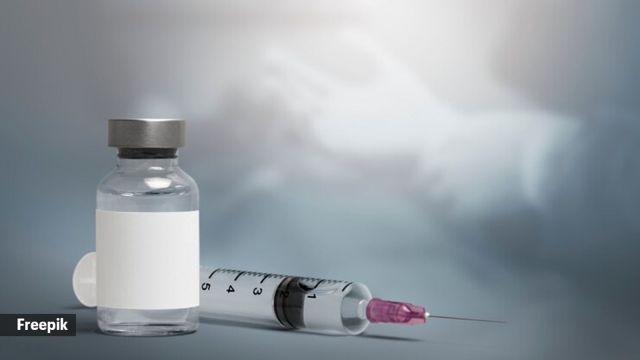Elon Musk uses ketamine for depression: How much is safe for mental health patients
Here’s all you need to know about emergency use, dosage and drug dependence
 Low-dose ketamine infusions have shown promise in treating depression, post-traumatic stress disorder (PTSD) and anxiety under strict medical supervision. (Representational Photo)
Low-dose ketamine infusions have shown promise in treating depression, post-traumatic stress disorder (PTSD) and anxiety under strict medical supervision. (Representational Photo)Tesla and SpaceX CEO Elon Musk has said that he uses ketamine every other week to manage depression and get out of “a negative state of mind.” But he has clarified that he only uses “a small amount once every other week or something like that” under medical supervision and has a prescription from “an actual, real doctor.”
The use of ketamine came under a lens after Friends actor Matthew Perry died from an overdose administered by his personal doctor. “Ketamine is safe when used appropriately but its safety depends on the context of use. It is a Schedule X drug in India, which means it is regulated and even monitored on a case-specific basis by the prescribing doctor,” says Dr Shaunak Ajinkya, psychiatrist at Kokilaben Dhirubhai Ambani Hospital, Mumbai.
What is ketamine?
It is derived from a hallucinogenic drug Phencyclidine (PCP), which increases a brain chemical called glutamate. This, in layman’s terms, halts transmission of pain in the spinal cord and activates reward pathways of the brain. Hence ketamine began to be used as an anaesthetic for surgeries in the late 1960s and in pain management. Then, over the last decade or so, it was found as a promising new treatment for severe depression because of its euphoric quality.
Why is it considered safe for medically-supervised use?
Unlike opioids, ketamine does not significantly suppress breathing, making it safer in some emergency situations.
Why is it used in managing mental health conditions?
Low-dose ketamine infusions have shown promise in treating depression, post-traumatic stress disorder (PTSD) and anxiety under strict medical supervision.
How does one get addicted to ketamine?
Ketamine produces feelings of dissociation and euphoria. Some may enjoy the escape from reality and begin using it more frequently. Over time, the brain adapts to ketamine, requiring higher doses to achieve the same effects. This is called the phenomenon of tolerance. Users may start taking it more often, moving from occasional to regular use. Some may begin craving ketamine for its dissociative or mood-enhancing effects.
Long-term heavy use leads to withdrawal symptoms, including anxiety, depression, strong cravings, fatigue, and cognitive difficulties. Users may struggle to stop even if they experience negative consequences. People may feel unable to function normally without ketamine. That’s why it is recommended only a few sessions over a few weeks. Its long-term effects are still being studied.
What about side effects?
Side effects include dizziness, nausea, confusion, hallucinations, increased heart rate, and high blood pressure. Long-term and chronic or high-dose use can lead to bladder damage (ketamine bladder syndrome), cognitive impairment and dependence.
Recreational use of ketamine is unsafe. It has hallucinogenic and dissociative effects leading to risky behaviors and accidents. Excessive doses can cause severe confusion, unconsciousness or cardiovascular strain. Mixing ketamine with alcohol, sedatives or other drugs increases the risks of these dangerous side effects.
When should one take this (what level of depression)?
Ketamine use is reserved for Treatment-Resistant Depression (TRD) when at least two antidepressants have failed to provide relief. It is used in Severe Major Depressive Disorder (MDD) or to rapidly reduce thoughts of self-harm, sometimes within hours.
Must Read
Buzzing Now


Mar 31: Latest News
- 01
- 02
- 03
- 04
- 05























